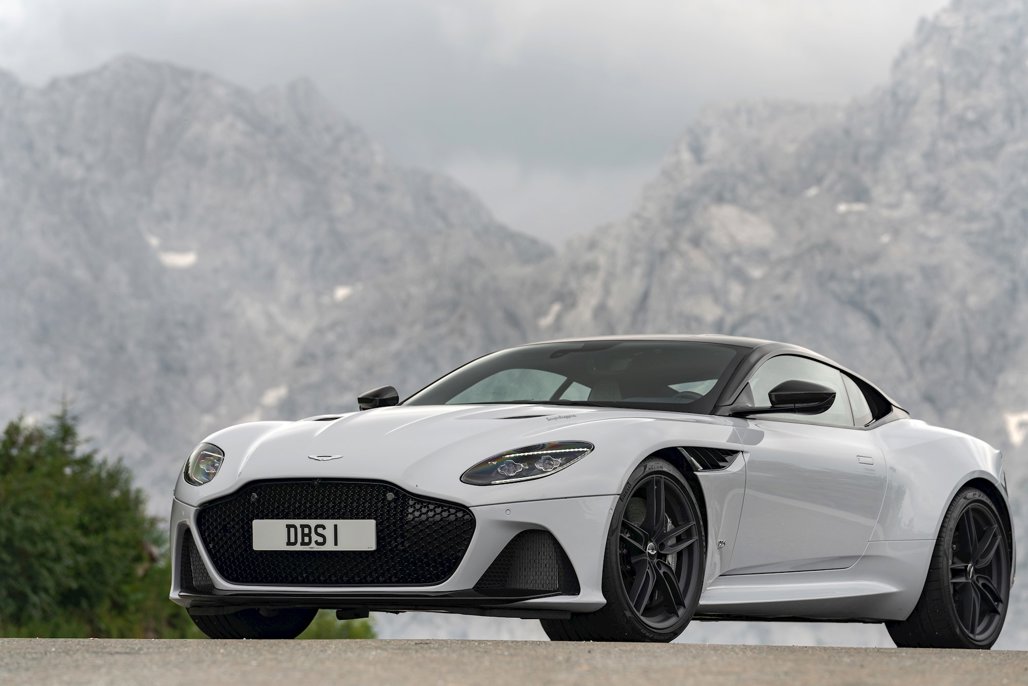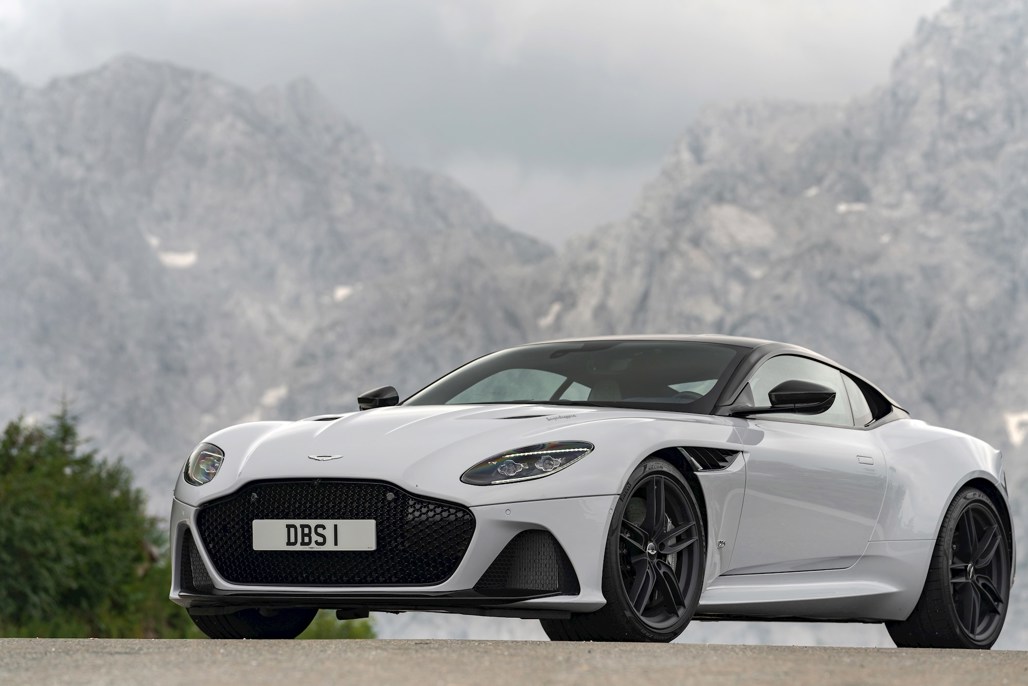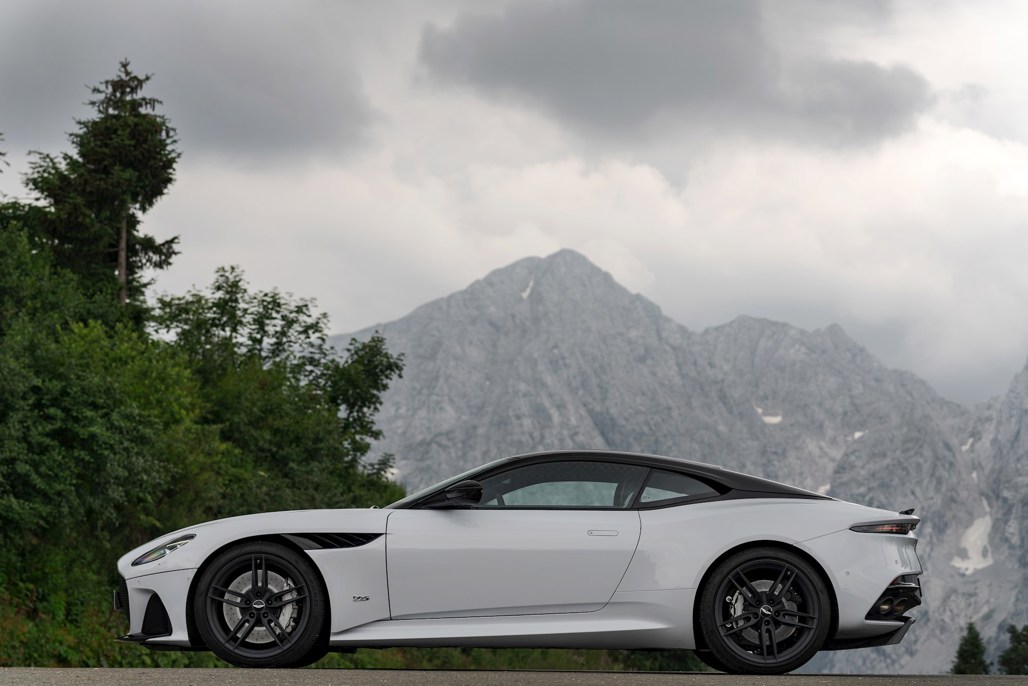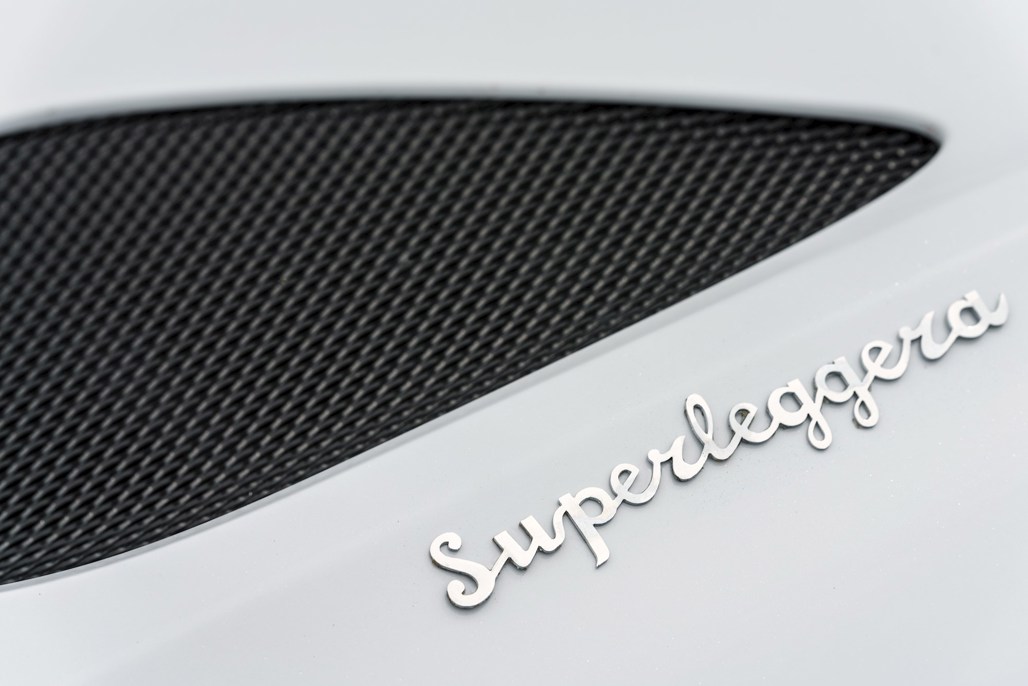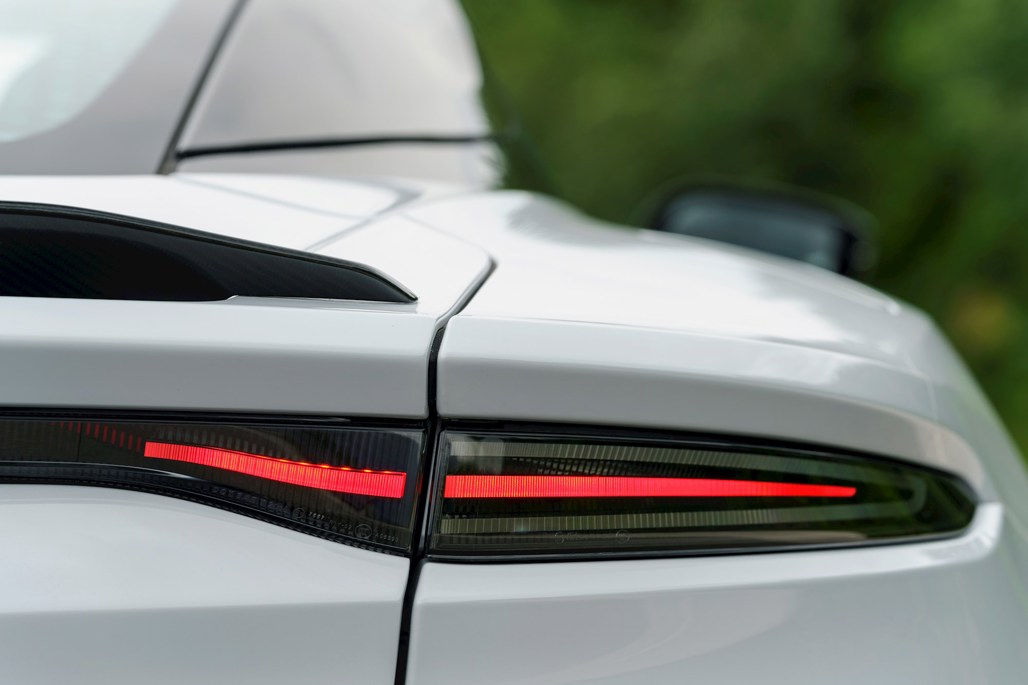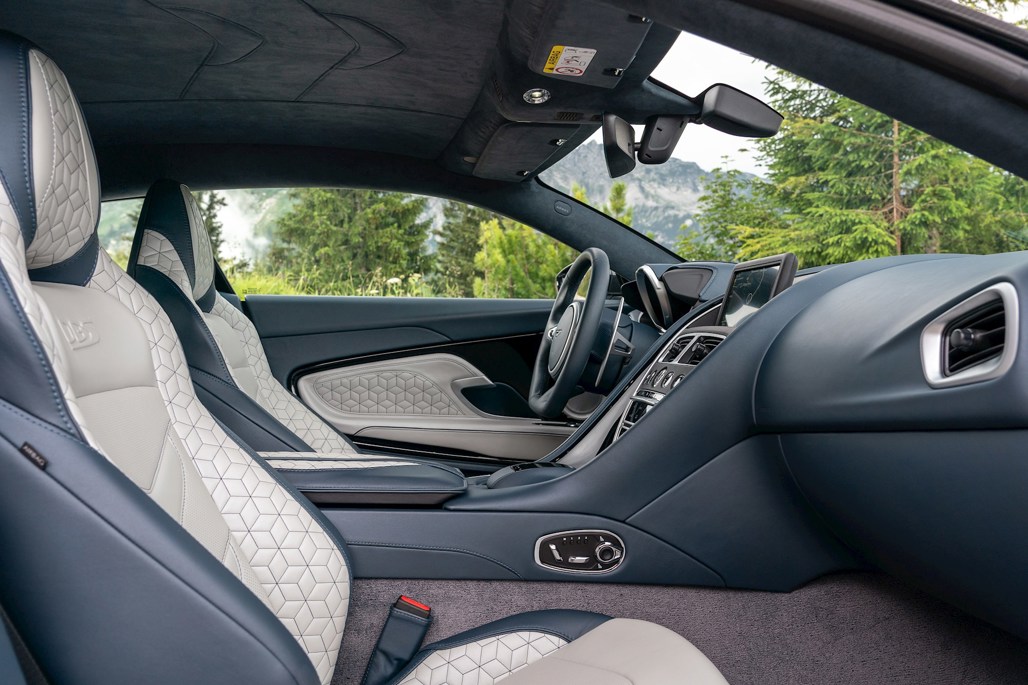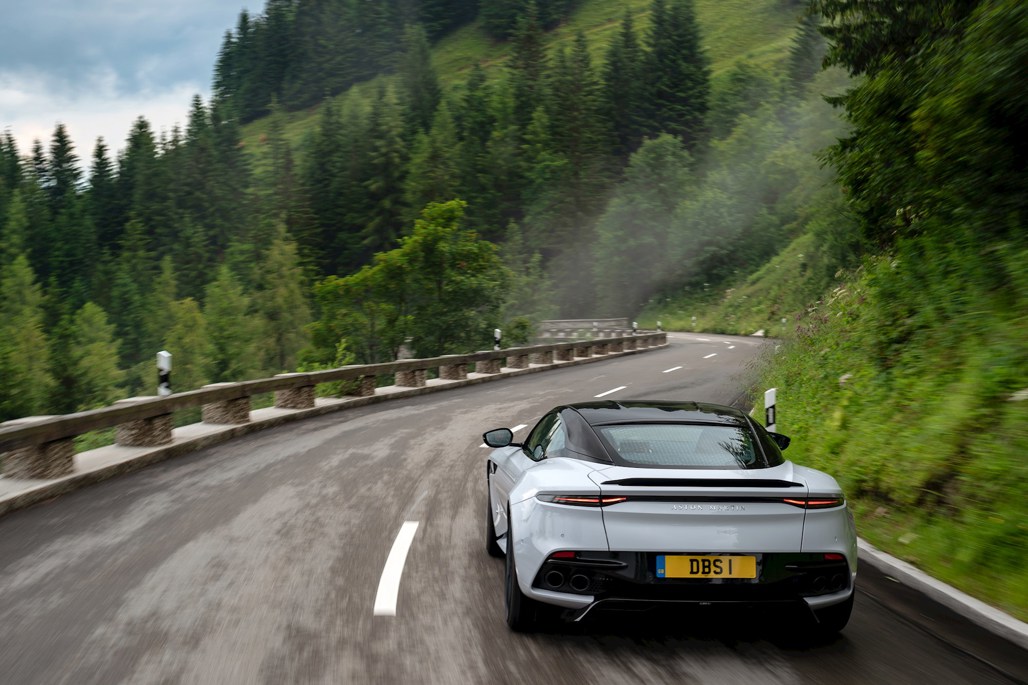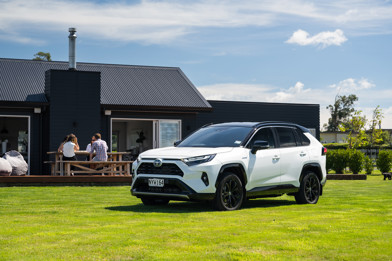That most British of automotive brands, Aston Martin, launching its latest – and potentially, greatest – model to the world’s motoring media in ... Germany?
There’s no irony here, however. Although it was big news when the Aston Martin DB11 V8 arrived sporting a high-performance engine manufactured by AMG, the idea that the storied Brit brand has been having its V12 hardware built in Cologne since 2004 appears to be a lesser-known fact.
Whereas the V8s are manufactured by Daimler and tickled up by Aston Martin, as far as the full 12-cylinder power units are concerned, Aston Martin has a dedicated engine plant in Germany to produce them.
Add to this continental shift the marque’s Aston Martin Racing (AMR) development workshop, based permanently alongside the Nurburgring, where every new model goes through rigorous shakedown testing, and all-of-a-sudden Gaydon, in Warwickshire, seems like the satellite locale, rather than the other way around. British Racing Green Hell indeed.
So, here we are; a handful of motoring journos in the foothills of the lush Bavarian Alps, as identifiable by our uniform driving sneakers and lanyards as our Cheshire cat grins. Because today we’re here to drive Aston Martin’s new flagship GT; the DBS Superleggera.
Although the recently unveiled Aston Martin V8 Vantage is the switchblade all-attack Aston, the DBS, as the nameplate suggests, takes the DB11 broadsword template and adds to it. Or subtracts from it actually; the name Superleggera translates as “super light”, after all. And yes, the DBS is lighter than the DB11 by 72kg.
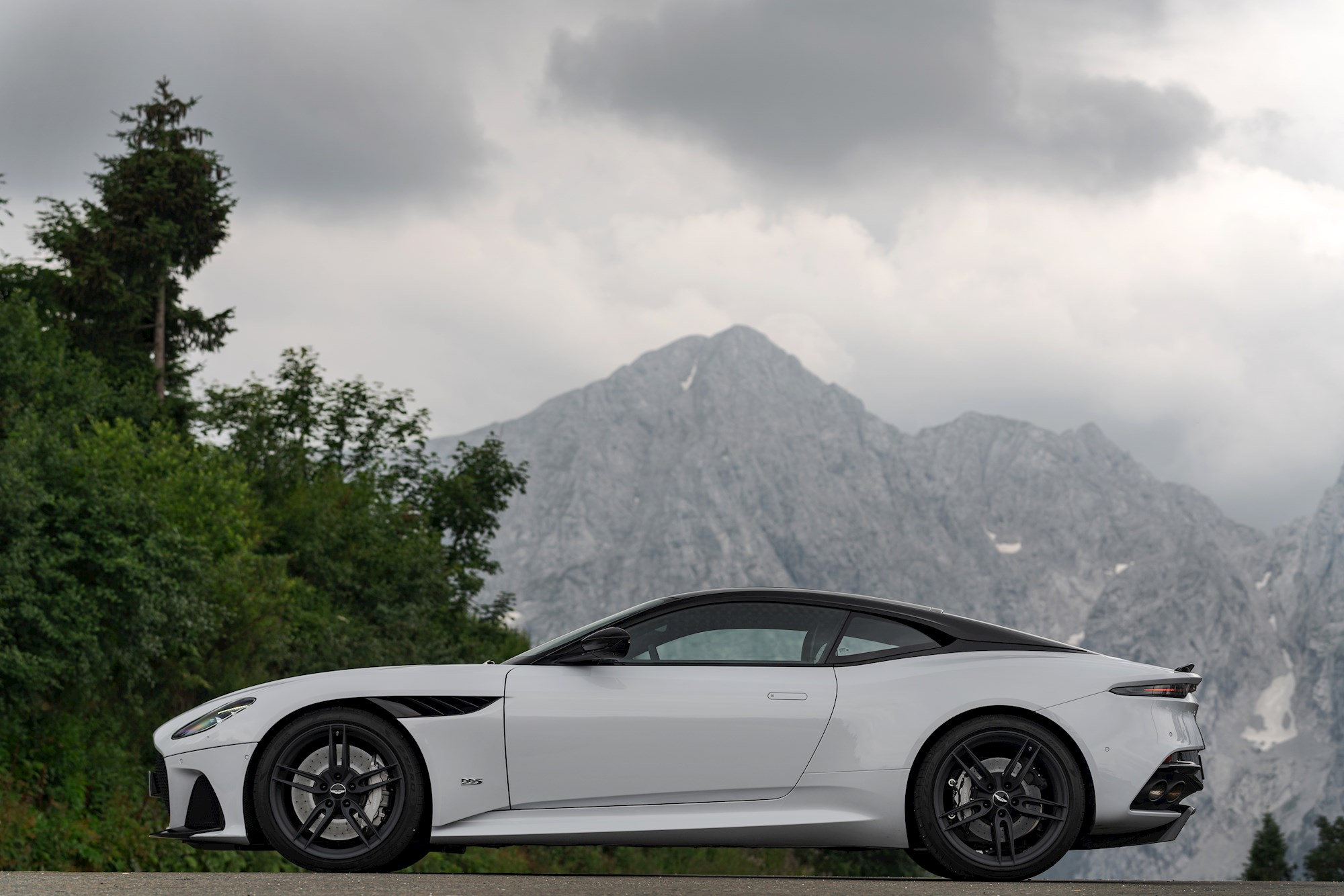
In fact, that’s another Euro argument for the new DBS; the Superleggera suffix has a lengthy — Italian — history all its own. It refers to a lightweight alloy construction technique developed by coachbuilder Carrozzeria Touring, which saw unique alloy body panels affixed to small-diameter steel tube frames for manufacturers such as Alfa Romeo, BMW, Maserati and even Bristol, from the 1930s on.
Aston Martin utilised the styling house’s skill with the scales on its DB4, DB5 and DB6 Mark 1 models. Touring’s other British client, Bristol, has long gone, but Aston Martin not only survives, it is in its best shape in decades.
What better moment then to add some heritage-themed stylised script to the bonnet of its ultimate GT.
The DBS is the latest addition to Aston Martin’s impressive contemporary roster of sports cars; part of its so-called Second Century Plan, which has seen it replace existing models over the past two years and will also result in its ambitious intention to add electric-hybrid and full-electric powertrains to its model mix, as well as a (perhaps inevitable) SUV-silhouetted stand-alone model.
It has also stepped up involvement in motorsport of various forms and rather significantly is looking to become an engine supplier to Formula 1.
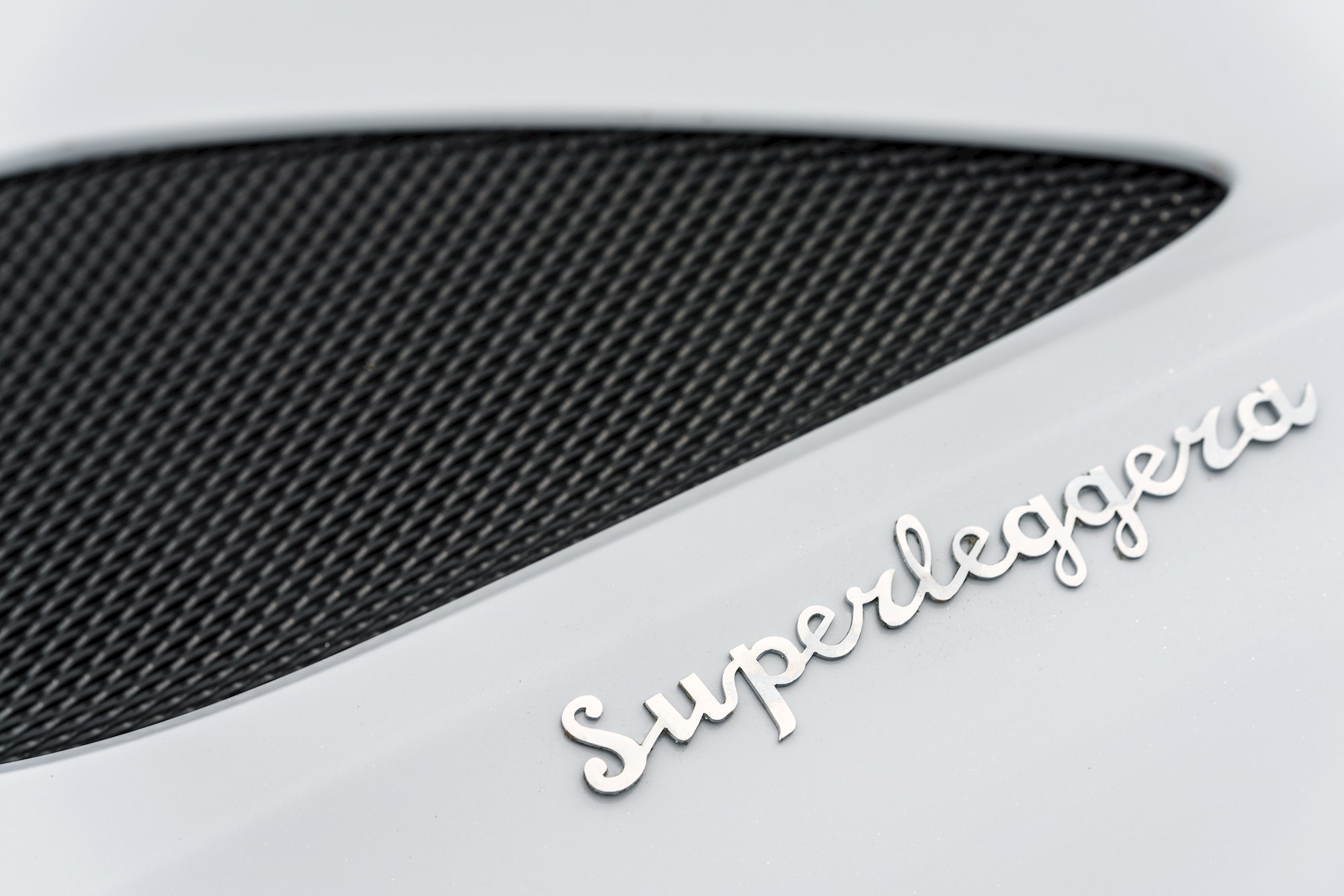
Aston Martin Inc, it has to be said, is going extremely well.
But enough corporate back-story; the super GT awaits.
First off, the DBS looks stunning. The nose has been shortened by 34mm over the DB11’s snout and the rear is much more upright; a purposeful move that has the result of giving it the ready-to-pounce edginess of a dragster over the more relaxed svelteness of the DB11. The DBS is also 10mm wider at the front; 20mm wider at the rear. It arrives on 21-inch rims.
Those signature side strakes — such a lovely component of the DB11’s flanks — are redrawn here with extra aero fins doing tricksy science stuff to the air as the DBS punches through it.
The rear haunches of the DBS are lower than those of the DB11 to help suck the car to the ground, while a carbon double diffuser — sitting somewhere between the subtle slipperiness of the DB11’s valance and the multi-layered jagged edges of the V8 Vantage’s — also helps stick the car to the tarmac at speed. Speaking of carbon, the DBS’ roof is also made of the stuff in order to reduce weight. And to look cool.
Inside the cabin, things look similar to the DB11, although the instrument binnacle has been lifted from the Vantage. You still have a push-button transmission (a rear-mid-mounted ZF eight-speeder, new for this car) augmented by massive paddle blades behind the sports steering wheel.
Rather than what’s under the bonnet, it’s in the centre console that Aston’s tie-up with Daimler is most obvious to the driver; the infotainment dial system remains undisguised from Mercedes-Benz’s passenger cars, as it is in the DB11.
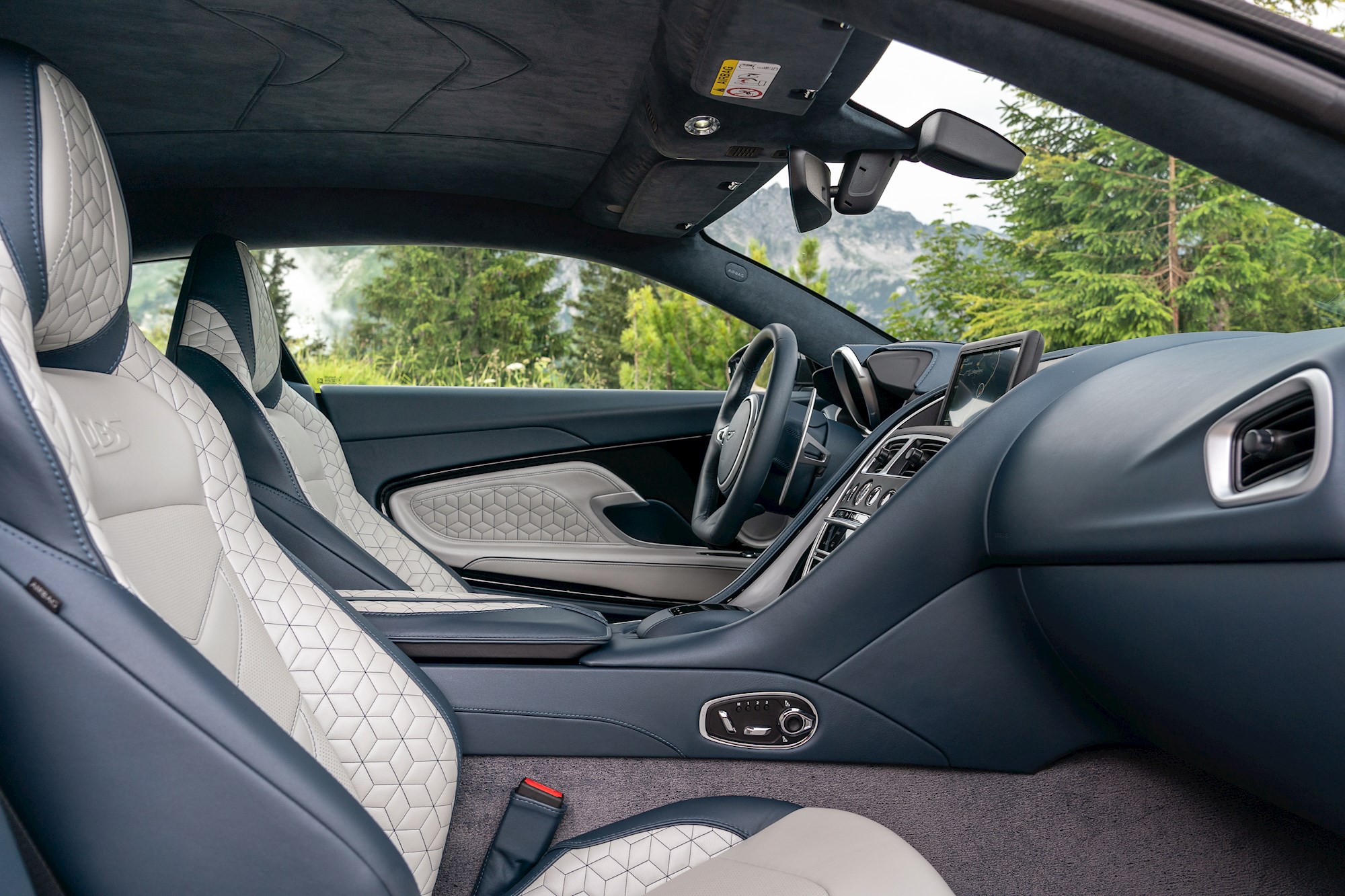
Hit the starter button and you’re met with a burst of noise from the big all-alloy quad overhead cam V12, which settles down to a not-unsubtle thrum at idle. If you’re interested, the V12 features cylinder deactivation, meaning that it will shut off cylinders when cruising in order to conserve fuel and emissions. But you’re probably not interested in that at all.
The DBS Superleggera boasts peak power of 533kW and — wait for it — 900Nm of torque from 1800rpm all the way up to 5000rpm. That’s truck torque. In a super GT sportscar.
The engineers on-hand at the media event insisted that the DBS was a high-revving machine with a heap of pull through the mid-range; 80km/h to 160km/h could be achieved in just 4.2 seconds.
You can wring this thing’s neck like a diminutive track car … apparently. In among the switchbacks and oncoming DAFs, I wasn’t game to try that particular task.
But I can tell you the DBS has so much power it’s ridiculous. It’s almost hard to get that power down on to the road; an overtaking manoeuvre had us spinning the rear wheels in third.
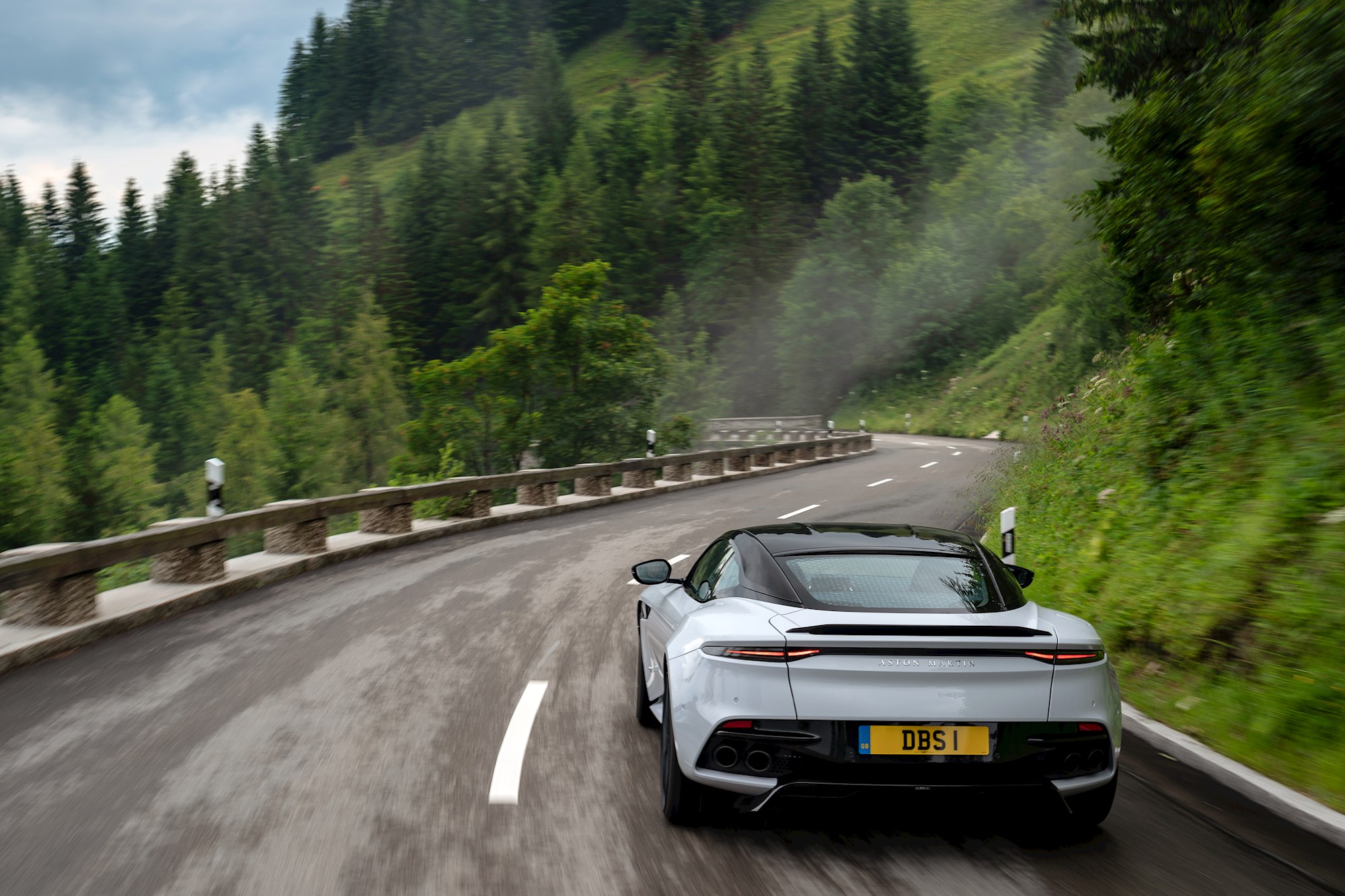
This thing just wants to go and go. It feels much more ferocious than the D11 when under the pump, yet retains the gentle-giant stride-ability of a true GT.
Solid, planted and bullet-quick on the autobahn; smooth and precise and quick to turn in on a mountain pass, thanks to its electronic steering system.
The brakes are impressive, too; carbon discs (410mm front, 360mm rear) gripped by six pistons up front and four at the back. The shorter travel on the brake pedal is as reassuring as all the safety systems in the DBS, too. Not that any of them were required to deploy, I hasten to add.
This is a half-million-dollar Aston (give or take), so handing it back with perhaps just a smidge of road grime covering its aggressive flanks was almost as joyful a moment as setting off towards the Austrian border in the first place.
No doubt the DBS Superleggera will feature in the next James Bond movie, coming to a screen near you in about 18 months.
The last DBS appeared in two Daniel Craig-era 007 outings, and the original debuted in that most individual of Bond films, the George Lazenby-starring On Her Majesty’s Secret Service. You won’t, however, have to wait that long — or join MI6 — to see the DBS for yourself; deliveries start later this year.
That’s a good thing.
This is probably one of the most highly anticipated German — er, I mean British — super GT sportscars of all time.
Aston Martin DBS Superleggera
Engine: 5.2-litre twin turbo V12 (533kW, 900Nm)
Price: $465,000 (excluding ORCs)
Pros: Power; performance; exterior styling; top-of-the-pecking-order bragging rights
Cons: Price; the DB11 V8 remains the sweet spot of the entire range.
